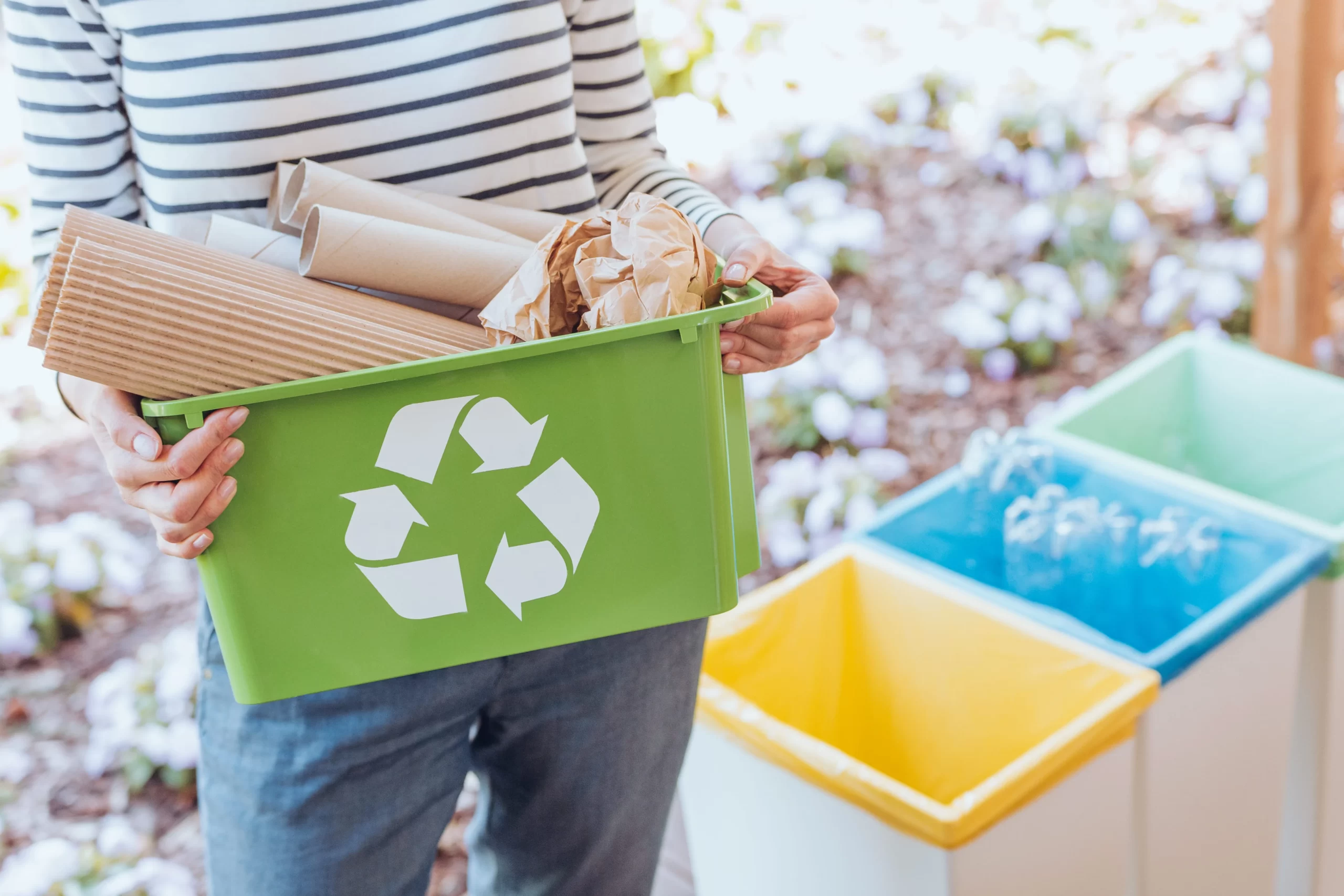As the world grapples with the pressing challenges of climate change and environmental degradation, the urgency to transition to clean energy sources becomes increasingly apparent. Clean energy projects, such as solar, wind, and hydroelectric power, play a pivotal role in reducing greenhouse gas emissions and promoting sustainable development. However, these projects often face significant delays and challenges during the permitting process, hindering their timely implementation. In this article, we explore the potential of innovation and digitalization to streamline the permitting process for clean energy projects, facilitating the transition towards a greener and more sustainable future.
In order to achieve net-zero emissions by 2050, a critical imperative is to accelerate the deployment of clean power globally. The European Union (EU), for instance, faces the challenge of building an average of 31 GW of clean power capacity annually until 2030, compared to the current rate of 16 GW per year. Other regions of the world are also confronted with similar obstacles.
The sluggish pace of clean energy expansion can be attributed to several factors, including regulatory and administrative inefficiencies, as well as inadequate grid capacity. Moreover, the location of clean energy projects often competes with vital resources such as food, habitat, and biodiversity, leading to growing opposition from local stakeholders and conservation groups.
A particularly pressing issue that demands attention from project developers and policymakers is the slow and inefficient permitting process. This bottleneck affects all clean energy projects, spanning solar, wind, and grid deployment. For example, GlobalData reported that the US, China, and India had 79%, 74%, and 64% of their total planned wind capacity respectively, stuck in the permitting phase. Across EU Member States, a significant 81% of wind capacity remains in the permitting stage, with wind projects taking five to ten years or more before construction can commence. Resolving this permitting challenge is crucial to expedite the transition towards cleaner energy sources and meet our ambitious climate and energy security goals.

The Key to a Clean Energy Future
Clean energy projects often encounter lengthy and complex permitting procedures, which can lead to increased costs, delays, and uncertainties for developers. The traditional permitting process involves multiple stakeholders, including regulatory authorities, environmental agencies, local communities, and various other entities, all with different requirements and timelines. Some key challenges faced during the permitting process are:
Fragmented and Complex Processes: The permitting process typically involves numerous applications, licenses, and environmental assessments at different levels of government, leading to fragmented and time-consuming procedures. Regulatory Uncertainty: Ever-evolving regulations and policies can create uncertainty for developers, making it difficult to plan and invest in clean energy projects with confidence.
Limited Transparency and Public Engagement: Lack of transparency and public engagement during the permitting process can lead to community resistance and opposition, causing further delays. Manual and Paper-based Systems: Many jurisdictions still rely on outdated manual and paper-based systems, making the process slow, cumbersome, and prone to errors.
Leveraging Innovation and Digitalization for Efficient Permitting
Unified Permitting Platform: Developing a unified online platform that integrates all relevant government agencies, environmental assessments, and community consultations can significantly streamline the permitting process. This platform would provide a centralized repository for all project-related data, allowing stakeholders to access and review information efficiently.
Machine Learning and Artificial Intelligence (AI): By incorporating machine learning and AI algorithms, the permitting process can be enhanced through automation and predictive analysis. AI can help identify potential environmental impacts, assess risks, and suggest mitigation measures, thus expediting decision-making.
Geospatial Technologies: Utilizing geospatial technologies, such as Geographic Information Systems (GIS), can assist in identifying suitable project locations, evaluating environmental impacts, and optimizing project design. GIS can also aid in stakeholder engagement by visualizing project plans in a clear and interactive manner.
Blockchain for Transparency: Implementing blockchain technology can improve transparency and accountability during the permitting process. Blockchain’s immutable and decentralized nature ensures that all project-related data and decisions are securely recorded and accessible to relevant parties, reducing the possibility of manipulation or corruption.
Virtual Reality (VR) and Augmented Reality (AR): VR and AR technologies can be employed to simulate clean energy projects’ visual and auditory impacts, allowing stakeholders to experience the proposed developments before construction. This immersive approach can enhance public engagement and foster better-informed decision-making. Remote Sensing and Drones: Integrating remote sensing technologies and drones can help monitor project sites, assess environmental changes, and ensure compliance with permits during construction and operation stages.
Benefits of Innovation and Digitalization in Permitting Clean Energy Projects
Reduced Processing Time: By automating repetitive tasks and optimizing decision-making processes, innovation and digitalization can significantly reduce the time required to obtain permits.
Cost Savings: Streamlining the permitting process can lead to cost savings for both developers and regulatory authorities, making clean energy projects more financially viable.
Enhanced Collaboration: Digital platforms encourage collaboration among stakeholders by providing a common space for discussions and feedback, fostering more inclusive and constructive dialogue. Improved Predictability and Certainty: Leveraging data analytics and AI can help predict potential roadblocks and risks, providing developers with greater certainty in project planning.
Accelerated Renewable Energy Deployment: A faster and more efficient permitting process can facilitate the rapid deployment of clean energy projects, supporting the global transition to renewable energy sources.
Innovation and digitalization offer unprecedented opportunities to transform the permitting process for clean energy projects. By adopting cutting-edge technologies and creating streamlined, transparent, and participatory platforms, we can accelerate the deployment of renewable energy solutions while safeguarding the environment. Governments, regulatory authorities, developers, and communities must collaborate to embrace these advancements and pave the way for a sustainable and greener future. As we harness the potential of innovation and digitalization, we move closer to achieving a world powered by clean and renewable energy.




